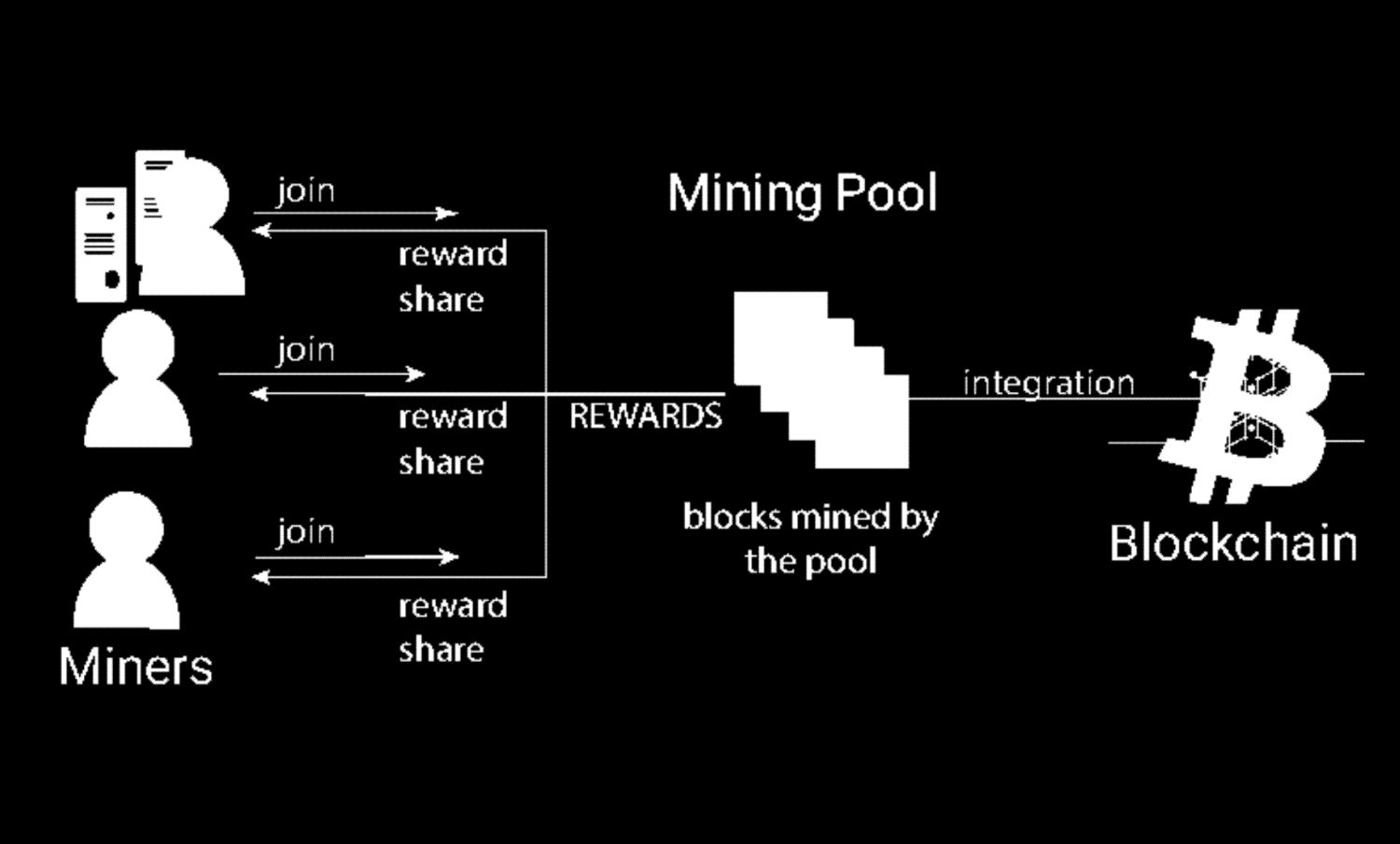Mining Pool is a term for a combined group of miners in the crypto world. They combine computing resources over the network, strengthening the possibility of finding blocks or successfully mining cryptocurrencies.
How Do Mining Pool Work?

Each individual who joins the mining pool contributes their processing power in an effort to find blocks and solve mathematical problems in them in order to get crypto tokens. If successful, usually the reward they get is in the form of cryptocurrencies that are mined.
The amount of prizes or rewards received by each individual depends on their contribution to the mining pool environment. The contribution consists of processing power contributed by an individual, the more processing power contributed, the bigger the prize.
Anyone who wants to do business through cryptocurrency mining has the option of doing it alone (solo) with their own dedicated device or joining the Mining Pool.
Both have their respective advantages and disadvantages. As stated earlier, the rewards received from mining pools are based on the contributions made (generally around 0.0001%).
Meanwhile, if you mine yourself, of course, the prizes you receive are 100% your own. But keep in mind that mining crypto is not as easy as it seems.
Mining crypto requires mining power up to a gigahash count, which means that it requires a very large amount of CPU or computer graphics if you do it yourself.
Therefore, the concept of a mining pool was born so that anyone who has a computer can contribute processing power to mining, be it big or small.
Tips for Choosing the Right Mining Pool
See Size and Market Share
When it comes to mining pools in the crypto world, bigger is usually better. As previously explained, the big ones cover more users.
When their hash power is combined, the speed of parsing new blocks is even higher. This multiplies the chances of finding the next block.
Join larger pools for faster, recurring income.
But be careful too, decentralized networks are something to watch out for. Because mining here is based on the allocation of processing power. This power is then used to solve mathematical algorithms.
Understand the Fees required in the Mining Pool
Mining crypto doesn’t mean you don’t need capital. Mining activities usually require a fee to cover the hardware used, internet connection, and administration in the mining pool itself.
Mining pools typically take around 1% of each prize an individual receives to cover these costs.
Get to know the Reward System in a Mining Pool
Each collection of mining pools certainly has a different reward distribution system each time a crypto is successfully mined.
Get to know all the terminology and approaches on the subject and you will be better equipped to understand the pros & cons of each reward system in crypto mining.
Location
In the world of cryptocurrencies, speed is an important factor. The connection really depends on the distance of your rig from the pool provider (or server).
In general, it is recommended to choose a mining pool close to where you are with high or low hash difficulty. This condition determines the speed at which each block should be mined.
The shorter the coin block time, the more important these milliseconds are. For example, when the bitcoin network has set 10 minutes for a block, you can more or less ignore Pool optimization for a difference of 20ms.
